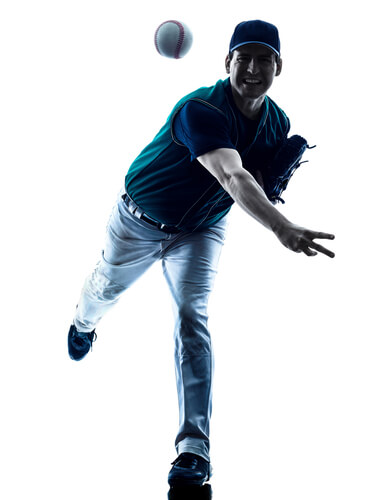Physical Therapy for Sports Injuries
Injuries and accidents are some of the common reasons athletes have been sidelined. Sometimes it’s just for one game. Other times it’s for an entire season. The worst of it all is if it’s for their whole career. That’s why many athletes turn to physical therapy for sports injuries.
Encountering injuries is commons when participating in any physical and rigorous activity, such as sports. Improper training procedures, poor warm-up, and cool-down sessions, and inadequate conditioning techniques, or a combination of those are some of the reasons why sports injuries happen.
On top of those things, overuse of muscles and fatigue contribute to injuries and sports-related accidents. We also shouldn’t overlook dehydration and other psychological and psychosocial considerations that put professional athletes and athletic individuals at risk for injuries.
Coping with Injuries Using Physical Therapy
The reality is every type of sport poses a risk of injury or accident for the athlete. Fortunately, there’s physical therapy for sports injuries and accidents.
 Coping and managing sports-related injuries will often require physical therapy. This type of treatment approach allows patients to recover by rebuilding their strength, balance, movement, and flexibility following a sports injury or accident.
Coping and managing sports-related injuries will often require physical therapy. This type of treatment approach allows patients to recover by rebuilding their strength, balance, movement, and flexibility following a sports injury or accident.
Sports physical therapists are trained to address sports-related injuries. They focus on helping patients heal after an injury.
Part of the treatment program includes teaching patients stretches, exercises, and techniques they can do in the clinic and at home to address the issues.
Working with Sports Physical Therapists Even Before an Injury Happens
Many professional athletes work with sports physical therapists as part of their training and conditioning process. Physical therapists examine their patients to check for inflexible or weak spots in the body.
These areas could be at risk of injury. Physical therapists can develop a treatment program to improve these weak and inflexible regions of the body to prevent future sports injuries.
Patient Diagnosis
Sports physical therapy will perform a comprehensive examination of the patients to determine the extent of the injury. They also do a patient evaluation, and physical assessment before an injury occurs. By examining the weak or inflexible muscles in the body, a physical therapist can work on improving it to prevent future sports-related injuries.
Common Sports Injuries
The National Institute of Health listed some common sports-related injuries. Some of these are knee injuries, shin splints, swollen muscles, dislocations, fractures, strains, and sprains.
Since doing sports entails a broad spectrum of active and physical movements, athletes are always at risk of sports-related accidents injuries.

These conditions must be appropriately and promptly addressed. If left untreated, it could negatively impact the performance and professional career of any athlete. It’s essential to analyze the biomechanics condition of athletes – no matter what their particular sport is.
Working with physical therapy for sports injuries is particularly helpful for athletes who make repetitive motions. These athletes include tennis players, golfers, swimmers, baseball pitchers, etc. While these are different sports with different physical requirements, they share the same biomechanical models.
It’s during these sports activities that athletes have to perform these repetitive motions. Doing so puts gradual stress on the same body regions. These motions often entail the same pre-swing, throwing, and post-swing phases – repeatedly.
It’s relatively common for these athletes to obtain injuries such as the following:
- Tennis elbow injury or lateral epicondylitis
- Pain or inflammation on the upper arm and elbow
- Golfer’s elbow or medial epicondylitis
- Injury for baseball pitchers, also known as “Tommy John,” this takes place in the ulnar collateral ligament of the elbow.
- Precise biomechanics
 The biomechanics conditions of professional athletes need to be precise. This precision avoids undue load distribution to the wrong areas of the body, which may contribute to injuries and accidents. For instance, baseball pitchers work their elbows and arms regularly, neglecting their legs or other parts of the body. Thus, their elbows and arms can be overworked.
The biomechanics conditions of professional athletes need to be precise. This precision avoids undue load distribution to the wrong areas of the body, which may contribute to injuries and accidents. For instance, baseball pitchers work their elbows and arms regularly, neglecting their legs or other parts of the body. Thus, their elbows and arms can be overworked.
In addition, some athletes may struggle or neglect with a specific phase of their physical movements and risk another body structure.
Physical Therapy for Sports Injuries Is Essential
Our experienced sports physical therapists can help you recover from a sports injury or accident. We can also develop a sports therapy program for you to prevent future injuries. Please reach out to us for more information.
[do_widget id=recent-posts-2]
[do_widget id=categories-2]
© 2019, precision sports physical therapy. all rights reserved.

